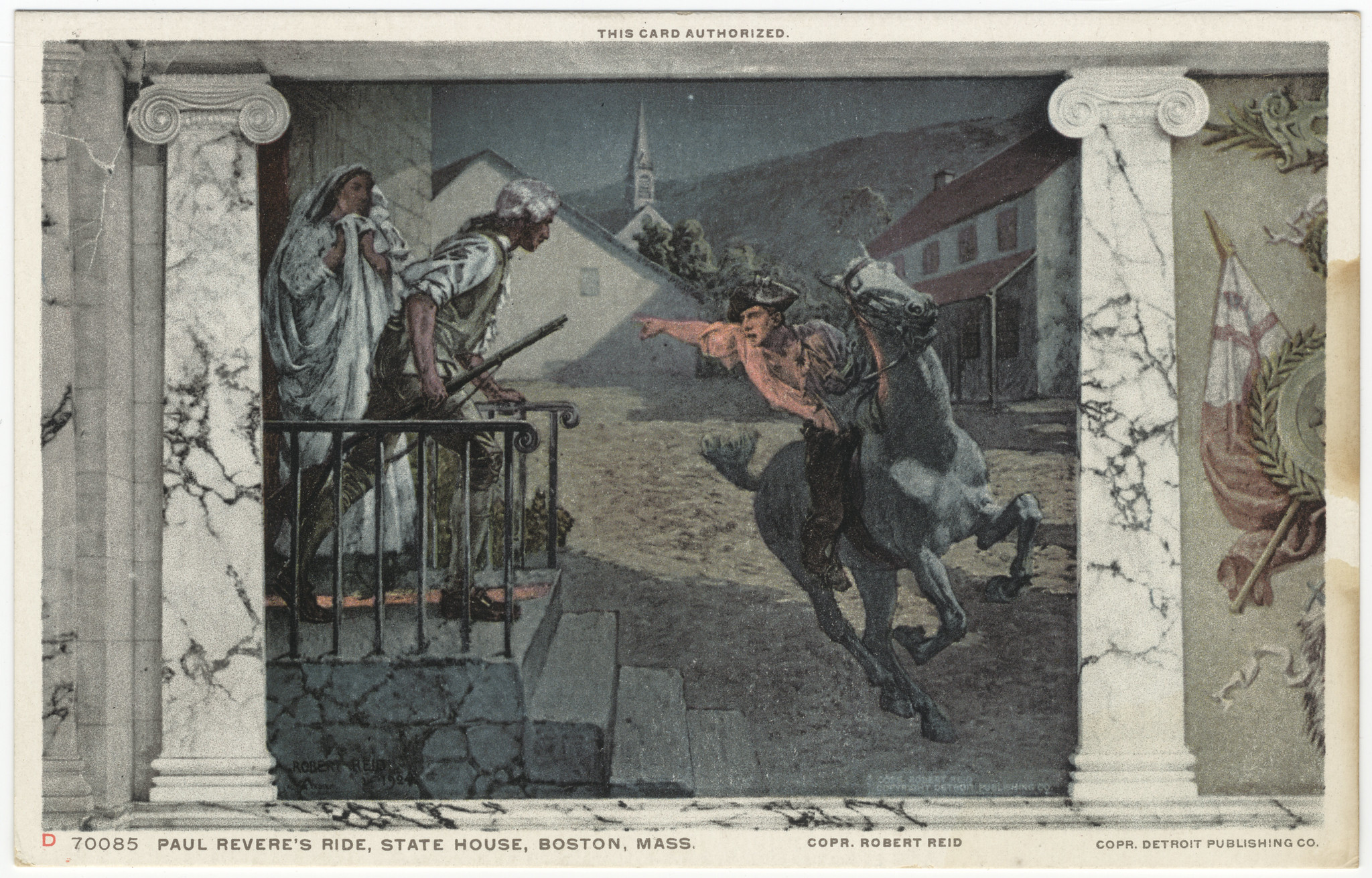“As Coroner, I must aver,
I thoroughly examined her.
And she’s not only merely dead,
She’s really, most sincerely dead.”
With those lines, the Coroner of Munchkinland declared the death of the Wicked Witch of the East. Even in Oz, home of flying monkeys, good and bad witches, live scarecrows, animals who can speak and travel on journeys, as well as horses of different colors, medicine and science still retain their footings. The Munchkinland Coroner opined on the Witch’s demise only after thorough examination. The “most sincerely” finding of death could probably be attributed to dramatic effect or showmanship. Yet, only examination of the physical proof allowed the Coroner to reach firm conclusions.
Apparently, in a world away in Australia, coroners need not follow this Ozian requirement of proof or evidence to reach a determination that someone is dead. On May 23, 2023, after Coronial Inquest, New South Wales Coroner, Elizabeth Ryan, concluded that Melissa Louise Caddick is dead.
Last seen on November 12, 2020, Melissa Caddick left her house in the early morning without her purse, cell phone, car keys or any other possessions except the workout clothes and sneakers she was wearing at that time. Known to exercise in her Sydney suburban neighborhood of Dover Heights, these circumstances, standing alone, may not appear alarming.
No one has heard from Melissa Caddick since that November morning. Nearby closed circuit monitoring systems and video camera systems on neighborhood houses provided no leads. No witnesses could be located who saw Melissa jogging or even in the area. Melissa Caddick most sincerely disappeared.
Melissa Caddick’s husband, part-time DJ and part-time hairdresser, Anthony Koletti, waited over thirty hours to report his wife’s disappearance to the authorities. While his story changed repeatedly over time concerning his actions during this 30 hour window, Tony clearly remained so unconcerned that he went to a friend’s house the night of the disappearance to smoke pot. Tony failed to mention to his buddy that Tony’s wife never returned from her early morning workout.
Days passed. Weeks passed. Weeks turned into months with no word from, or sighting of, Melissa Caddick. The big break for authorities came in February 2021 when a rotting foot still inside a sneaker washed up on a beach over a hundred miles away from Sydney. The sneaker matched the description of those last worn by Melissa with DNA testing proving the foot also belonging to her. At the recent Coronial Inquest, experts testified that prominent currents and tides could carry the foot south from Sydney toward the beach where it washed ashore. Nothing else, clothes or other dislodged body parts, have ever been found of Melissa Caddick.
Absent foul play, how could Melissa Caddick vanish with no trace except, of course, her foot? By all accounts, 49 year old Melissa and Tony enjoyed a happy second marriage to each other. Melissa doted on and adored her 20 year old son. Melissa traveled in high society circles enjoying an extravagant lifestyle funded by her ultra-successful personal wealth investment company. Apparently, the DJ and hair dressing business of her hubby did not offer much to the fiscal bottom line of their blessed union.
Of course, there was the little matter of the investigation by the Australian Securities & Investment Commission (ASIC). The day before her Houdini disappearing act, ASIC raided Melissa Caddick’s suburban home on suspicion that Melissa misappropriated 23 million USD from investors with ASIC pointing out that Caddick operated without any necessary financial license. Oops.
Melissa Caddick held herself out as having advanced degrees in finance from the University of Technology Sydney. She operated her investment firm for years. Among her numerous clients who contributed significant sums were family members and close friends. Her firm provided monthly statements to clients confirming trades and gains in their accounts. Melissa was a fixture in the investment community. She hobnobbed with the wealthy and elite, partaking in all charitable causes du jour.
However, the prestigious University later confirmed it possessed no record of Melissa Caddick ever attending classes and no record of her attaining any degree in finance or any field of study. Caddick did, nonetheless, enroll in secretarial classes and a business administration course at Patrick’s College Australia, Sydney. Prior to opening her investment firm, Melissa worked in a branch office of an investment bank as an office administrator. Six months into that position, the bank let her go after Melissa forged the signature of her boss to misappropriate $2,000.
Melissa Caddick did land a position as financial advisor with Wise Financial Services, a subsidiary of ING, in 2003. Caddick’s success as an advisor served as her springboard to a 25% stake in the Wise firm and appearances on the cover of an Australian financial trade magazine. Her investments for clients at Wise fell afoul of investing compliance rules. The training Caddick received in secretarial classes did not prepare her for the complex compliance rules for financial investments. Caddick and Wise parted ways with Wise buying out her 25% stake.
Melissa Caddick used these funds to establish her own investment firm. This money funded her marketing efforts to solicit more funds from family and friends. Returns well outpaced the markets and other investment firms. Word traveled quickly of the financial rewards of investing with Melissa which appeared without downside risk.
Sound familiar? Recently, we encountered another who modestly exaggerated about his educational background. Instead of finance degrees from the University of Alabama, he secured a BA in Political Science from Hofstra. He started his investment firm trading over the counter penny stocks mostly for family and friends. He never properly registered himself or his firm with the SEC. He issued fake statements every month to his clients showing investments and returns which continuously beat the market and other investment outfits. He freely duped family and friends for more investment dollars. His lifestyle grew to be lavish as he spent his free time with the upper crust of society.
This fraudster, Bernie Maddoff, and Melissa Caddick shared one more thing in common: each operated a pure Ponzi scheme where no money of their clients was ever invested, but rather funneled to Maddoff and Caddick to fuel their personal excesses. In fairness, there were also distinctions. Maddoff swindled about $64 billion while Caddick played in the minor leagues stealing only $23 million. Maddof also served as Chairman of NASDAQ while Caddick explained away her lavish lifestyle as being funded by a sexual harassment lawsuit settlement.
Back to the Coronial Inquest and declaration of death of Melissa Caddick. . . . The physical evidence consisted of one foot. No security video or closed circuit images of Melissa Caddick on the morning she disappeared or after could be located. An expert testified that Caddick could survive without her foot.
After the Coronial Inquest, Coroner Ryan concluded that Caddick was dead, but that the Coroner could not determine how Caddick died. In Oz, the Munchkinland Coroner connected the dots between a house falling from Kansas and the demise of a witch. The New South Wales Coroner expressly stated that no determination of death could be assigned to Caddick. No body has been recovered. Life could continue sans foot. How could this determination be reached?
Clearly, Melissa Caddick possessed incentive to disappear in November 2020. Her Ponzi scheme unraveled the day prior. She faced life in prison. She would have to face all those from whom she stole. She still possessed substantial assets at that time and could afford a getaway. She possessed the greatest impetus to run, even running on one foot.
Melissa’s husband, Tony, would also benefit with Melissa’s disappearance. The extravagant lifestyle could not continue on a hair dresser’s income, but it could if secretly financed by the vanished Melissa. Or worse, Tony could have been involved in Melissa’s missing status due to his nefarious actions. As the widowed spouse, Tony could gain financially.
There also remains the Melissa Caddick suicide theory. Disgraced, Caddick could have thrown herself off the Dover Heights cliffs into the ocean with her foot remaining after she became shark bait. While not expressly ruling out suicide, the Coroner discounted the theory as videos monitored the areas and Caddick’s images should have ben captured.
As to loving husband Tony, the Inquest focused much attention on him. Tony inconsistently explained what he did for the the 30 hours before he reported Melissa missing. The Inquest concluded that Tony possessed vital information and “awareness” regarding Melissa during this 30 hour window, “but chose not to disclose it” as he presented as an “unreliable witness.” Tony’s lawyer claimed that Tony was simply too stupid to understand questions asked of him with this stupidity causing inconsistency in responses. The Inquest determined that Tony’s obvious “lack of intellectual sophistication” did not impede his ability to be candid. At least the tribunal could make that ruling based on actual evidence.
What leap of faith existed between the possibility that the resourceful and resource rich Melissa Caddick faked her own demise and a legal declaration of death absent physical evidence? Caddick possessed personal jeopardy and certain financial disaster providing her great incentive to arrange for her own disappearance. Lose a foot to gain freedom and live off anything still hidden from authorities? A missing foot? Come on. That guy competed in the Olympics running on those blades and he has no feet. Who cares that he is now serving jail time. His crime was murder. Melissa only “borrowed” some funds from friends and clients.
Coroner Ryan pointed to the following as a critical factor in concluding that Caddick is deceased: there have been no known attempted communications by Melissa Caddick with her son since November 2020. That’s it. The woman who could avoid jail for life, avoid restitution, avoid the shame and humiliation of the criminal process, and financially prosper all with her disappearance must be dead as she has not sought to speak with her son. Melissa Caddick, the woman who stole $1.2 million from her own parents in this Ponzi scheme, has not reached out for her boy. Therefore, she must be really, most seriously, dead.
Wow. My Mom passed away 21 years ago. I wish she were still with us. However, in those two plus decades, never once did my mother speak to me. I was her favorite so it is I with whom she would seek to communicate. But, nothing. I must therefore admit, based on the reasoning of the New South Wales Coroner, that my own mother is officially deceased. That kangaroo logic supports the death determination for Melissa Caddick.
I do not espouse or support whacky conspiracy theories about Melissa Caddick and her whereabouts. More likely than not, she committed suicide or her husband arranged for her demise. The ultimate conclusions of the Coroner are most probably correct. I take exception with the manner of reaching the conclusions. For each considered avenue, the Coroner found that evidence fails to support the hypothesis, with the unstated alternative that Melissa Caddick remains among the living. Yet, the Coroner only then ironically and officially opined that Melissa Caddick is deceased.
In proper and comprehensive estate planning, we address the Melissa Caddick conundrum. If a person disappears for 30 days or more, certain documents take effect to authorize trustees or attorneys-in-fact to address your affairs. Your loved ones need not wait years for a formal Inquest in order to be able to follow your instructions and wishes. Your own circumstances may not be as complex as Melissa Caddick, but you might suffer an illness or accident which renders you unable to manage your affairs. These agents can promptly step in without any further action or court proceeding to address issues for you and your estate.
Further, these same documents should include “slayer” provisions to ensure that in the event you meet unfortunate circumstances due to your own hairdresser, DJ spouse, that spouse can never benefit from your estate.
However you proceed, do not leave your fate to the New South Wales Coroner:
“The foot washed up out of the ocean blue.
As Coroner, after Inquest, I still had no clue.
Hubby is suspicious, but dumb in the head.
I give up, so I just declare her dead.”











